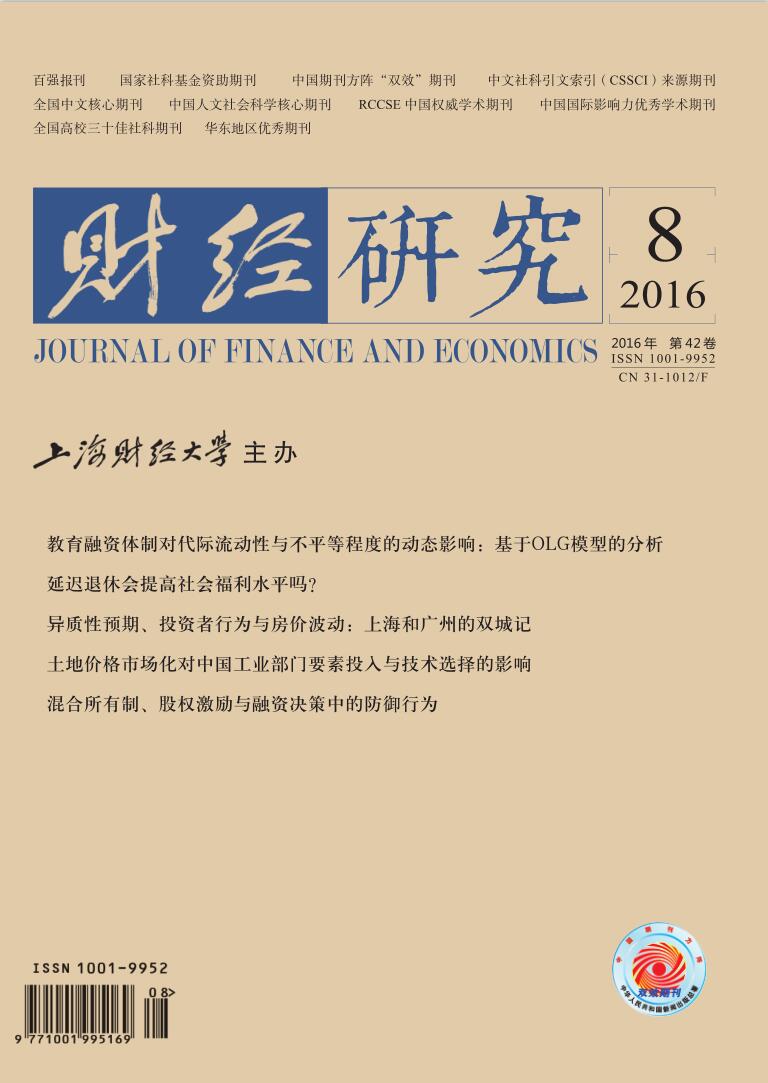Transnational technology licensing has caught much attention from scholars due to its role as an important tool to obtain competitive advantages. Different from previous studies on internal technology licensing, this paper constructs a spatial quantity discrimination competition model between foreign firms that own the technology and local firms in the host country to analyze the effects of technology leakage under multi-period technology licensing, endogenous import tariffs and spatial competition on the selection of optimal licensing strategies of foreign firms that own the technology and the social welfare of the host country. It arrives at the detailed conclusions as follows: firstly, foreign firms that own the technology prefer dual charge mode and fixed fee is better than royalty fee; secondly, the dual charge mode cannot lead to the optimization of foreign firms that own the technology and social welfare simultaneously, but social sub-optimization; thirdly, foreign firms that own the technology should implement technology licensing through dual charge or fixed fee mode; the governments in the host country should not raise tariffs blindly,and proper reduction in import tariffs is beneficial to the realization of transnational technology licensing. The conclusions are of some reality significance to technology introduction and the formulation of technology export policy in developing countries.
 / Journals / Journal of Finance and Economics
/ Journals / Journal of Finance and EconomicsJournal of Finance and Economics
LiuYuanchun, Editor-in-Chief
ZhengChunrong, Vice Executive Editor-in-Chief
YaoLan BaoXiaohua HuangJun, Vice Editor-in-Chief
Selection of Transnational Multi-period Technology Licensing Modes and Social Welfare: A Framework Based on Spatial Quantity Discrimination Competition
Journal of Finance and Economics Vol. 42, Issue 08, pp. 97 - 107 (2016) DOI:10.16538/j.cnki.jfe.2016.08.009
Abstract
References
Abstract
Cite this article
Qi Yong, Hou Zemin, Xiang Tao, et al. Selection of Transnational Multi-period Technology Licensing Modes and Social Welfare: A Framework Based on Spatial Quantity Discrimination Competition[J]. Journal of Finance and Economics, 2016, 42(8): 97–107.
Export Citations as:
For




 7465
7465  8355
8355

